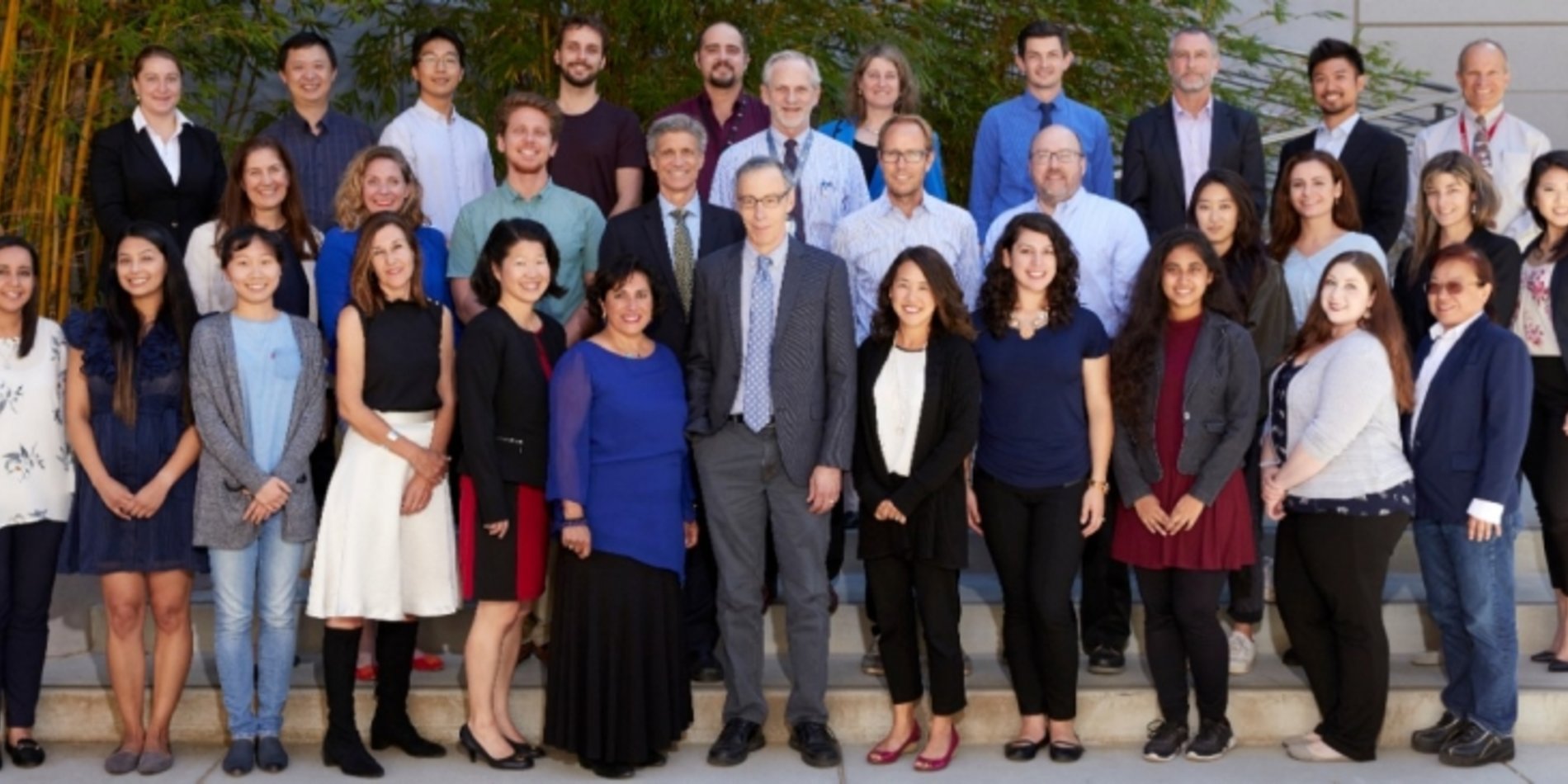Resources
Main content start
Stanford Alzheimer's Disease Research Center (ADRC)
- As one of 31 Alzheimer's Disease Research Centers (ADRC) at major universities, the Stanford ADRC works to develop new research advances in AD.
- In addition to his responsibilities as the PI of the Greicius Lab, Michael Greicius is a co-director of the Stanford ADRC Imaging Core headed by Dr. Elizabeth Mormino.
- The Stanford ADRC Imaging Core gathers PET and MRI data through amyloid-beta and tau PET/MR scans.
- ADRC Website
Stanford Extreme Phenotypes in AD Project (StEP AD)
- The StEP AD project focuses on identifying and characterizing novel genetic variants that promote resilience to AD pathology in the presence of the APOE4 allele or that drive pathogenesis in the absence of the APOE4 allele.
StEP AD Recruitment Information
(266.08 KB)

AD-Age Score
- We have developed a novel, continuous phenotype score that accounts for the increased risk of AD with age and that allows users to combine AD patients and controls into a single cohort. This, in turn, allows for the use of linear, rather than logistic, regression approaches that we have shown can increase statistical power in AD genetic analyses (Le Guen et al, medRxiv 2021).
- Code for the creation of the AD-Age score may be found here.
Legacy FINDLAB Data and Functional ROIs
- While we have shifted our research focus from functional imaging to genetics, our imaging data can be accessed here: https://drive.google.com/drive/u/1/folders/1TH5Fa6dQe2hgjKJt3MrhBghlFm1…;
- We created an atlas of 90 functional ROIs with a brain connectivity algorithm that outperformed an atlas of structural ROIs in identifying free-flowing , subject-driven cognitive states (Shirer et al., Cer Cortex 2011).
- These ROIs are more representative of the brain's functional organization than traditional structural ROIs. To access our fROIs, please contact ilaria99@stanford.edu to share access to the Google Drive folder.